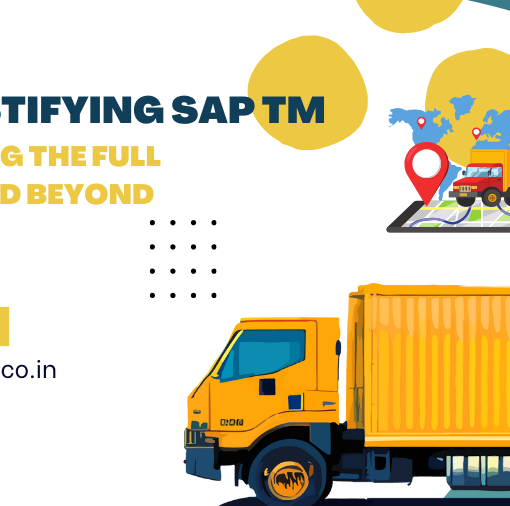Robotic Process Automation (RPA) has emerged as a transformative technology, revolutionizing the way businesses operate. By automating repetitive, rule-based tasks, Robotic Process Automation tools empower organizations to enhance efficiency, accuracy, and productivity. With a plethora of RPA tools available, selecting the right one for your specific needs can be overwhelming. This comprehensive guide delves into the world of RPA tools, addressing key questions and providing insights to help you make informed decisions.
Understanding Robotic Process Automation Tools

Robotic Process Automation Tools are software applications that mimic human actions to interact with digital systems and perform tasks. They employ a combination of user interface (UI) interactions, business rule engines, and artificial intelligence (AI) to automate processes. These tools excel at handling high-volume, repetitive tasks, freeing up human employees to focus on more strategic and value-added activities.
Key Features of Robotic Process Automation Tools
- Process recording: Capture user actions to create automated workflows.
- Process design: Build and modify automated processes using a visual interface.
- Execution: Run automated processes unattended or attended.
- Monitoring and analytics: Track process performance and identify areas for improvement.
- Integration: Connect with various systems and applications.
Types of RPA Tools
RPA tools can be categorized based on their capabilities and target audience.
1. Attended RPA
Attended RPA tools require human interaction to initiate and monitor automation processes. They are suitable for tasks that involve frequent human intervention or decision-making.
2. Unattended RPA
Unattended RPA tools operate independently without human supervision. They are ideal for high-volume, repetitive tasks that can run continuously.
3. Robotic Desktop Automation (RDA)
RDA tools focus on automating tasks performed on individual desktops or laptops. They are commonly used for personal productivity and office automation.
Popular RPA Tools
The RPA market offers a wide range of tools with varying features and pricing. Some of the most prominent RPA tools include:
- UiPath: A leading RPA platform known for its user-friendly interface and extensive capabilities.
- Automation Anywhere: Offers a comprehensive suite of automation tools with a focus on enterprise-level deployments.
- Blue Prism: Provides a robust and secure platform for complex automation projects.
- Open-source options: Tools like Python, Selenium, and TensorFlow can be used for RPA development, but they require programming expertise.
Is Selenium an RPA Tool?
Selenium is primarily a web automation tool used for testing web applications. While it can be used for certain RPA tasks involving web interactions, it lacks the comprehensive features and capabilities of dedicated RPA platforms. Selenium is better suited for test automation rather than end-to-end process automation.
How to Choose the Right RPA Tool
Selecting the appropriate RPA tool depends on several factors:
- Process complexity: Evaluate the complexity of the processes you want to automate.
- Scalability: Consider the potential growth of your automation initiatives.
- Integration capabilities: Assess the tool’s ability to integrate with your existing systems.
- Cost: Determine the budget allocated for RPA implementation.
- Vendor support: Evaluate the level of support provided by the tool vendor.
- Ease of use: Consider the tool’s user interface and learning curve.
- Security: Prioritize tools with robust security features to protect sensitive data.
Benefits of RPA
- Increased efficiency and productivity
- Improved accuracy and reduced errors
- Cost savings
- Enhanced customer experience
- Compliance adherence
- Scalability
- Better employee engagement
Challenges and Considerations
- Process discovery: Identifying suitable automation candidates can be time-consuming.
- Change management: Overcoming resistance to automation within the organization.
- Skill development: Building an RPA-capable workforce.
- Return on investment (ROI): Measuring the benefits of RPA implementation.
Conclusion
RPA tools have the potential to transform businesses by automating mundane tasks and unlocking human potential. By carefully evaluating your organization’s needs and exploring the available options, you can select the right RPA tool to drive efficiency and innovation.




